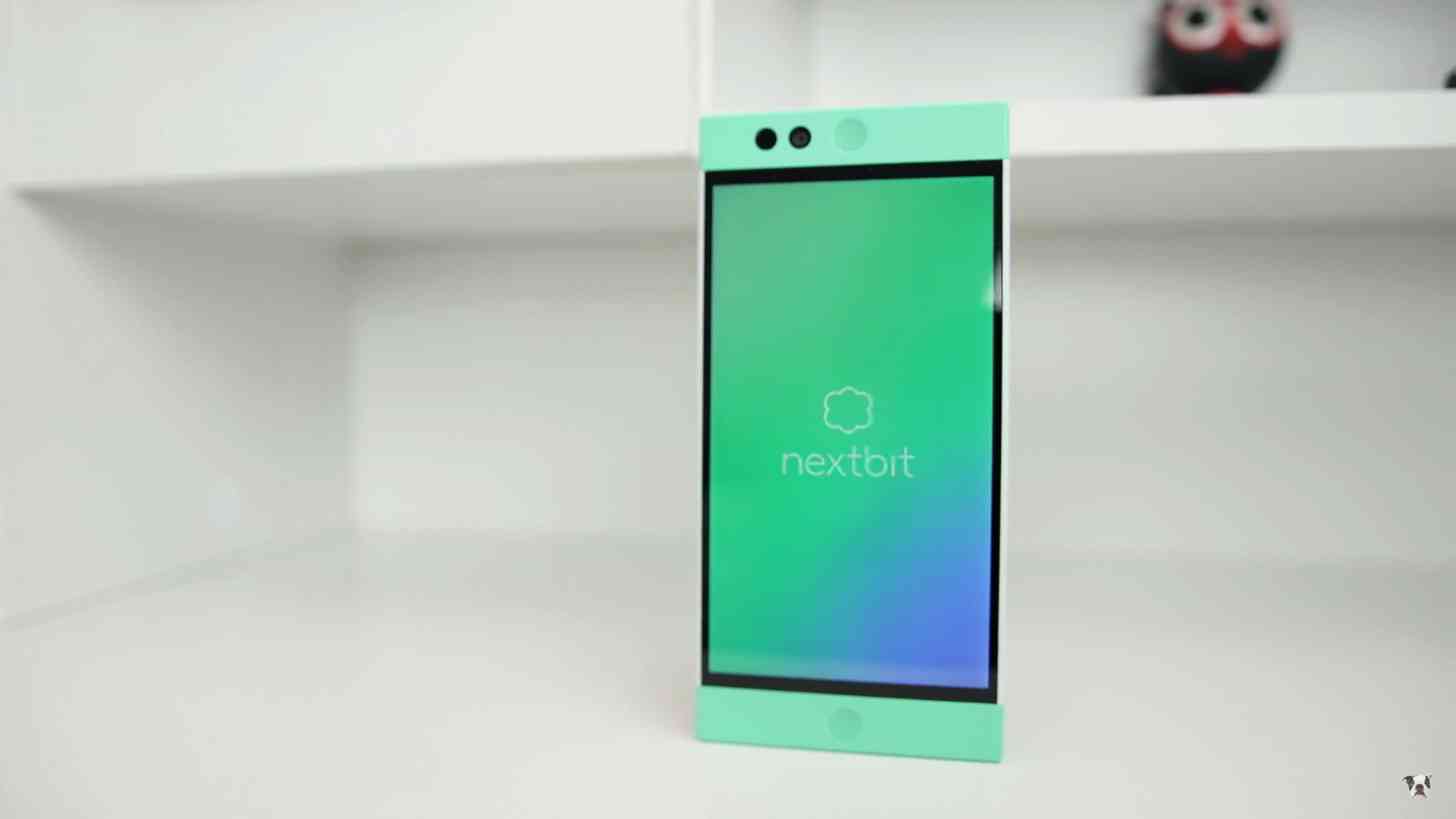
With MWC coming up next week, it can be very easy to get caught up in all of the new flagships coming out from well-known manufacturers. But the mobile industry is a vast one indeed, and behind all of the spotlights being put on smartphones made by Samsung, Apple, LG, HTC, and all of the other manufacturers whose names we know and love (or hate) there’s a whole slew of startup companies working hard to continue innovating the mobile industry.
Nextbit is one such company that caught my attention when I first heard about their plans to enter the mobile space with their first smartphone, the Nextbit Robin. While I think many of us feel that it’s somewhat difficult to come across a truly "innovative" smartphone anymore, I can’t help but feel that Nextbit was able to pull through when it comes to what makes Robin stand out from other smartphones on the market.
Nextbit Robin hits on 3 key points that I think make for a great smartphone these days: great specs, unique (yet familiar) design, and an affordable price tag. Not only that, but the Nextbit Robin also takes things a step further by offering a unique feature that many smartphone users would find helpful: automatic offloading of infrequently used data to the cloud.
Let’s talk details for a minute. The Nextbit Robin features a 1080p 5.2-inch IPS display, and runs on a 1.8GHz hexacore Snapdragon 808 processor and 3GB of RAM. The device has a 5-megapixel front-facing camera, a 13-megapixel rear-facing camera, and 32GB of internal storage. While there’s no microSD card support, Nextbit provides 100GB of cloud storage free for a lifetime. It runs on Android 6.0 Marshmallow with the Nextbit OS UI. Robin also features NFC, Android Pay, Qualcomm Quickcharge 2.0, and USB Type C. The device is unlocked so you can use it on any of the four major carriers in the U.S.
Nextbit’s decision to use the cloud as a major source of storage could be seen as a good or bad thing, depending on your stance on cloud storage. Cloud storage is often questioned when it comes to how safe your information really is, but Nextbit claims that data is encrypted both when stored and traveling to/from their servers. To quote the website exactly:
“Nextbit takes your data security just as seriously when it’s not on Robin. It is securely transmitted and stored encrypted on our servers. And we provide two factor authentication with Google.”
Although there’s no foolproof way to keep our information completely safe on our smartphones (cloud storage or not) encryption is a great way to further protect our information, so it’s good to know that Nextbit utilizes it in the Robin.

The design of the Nextbit Robin is another plus, in my opinion, for this device. It comes in two colors, Mint or Midnight, and is a slab-style design with sharp edges. There are two front-facing speakers (a definite positive) and a fingerprint scanner on the side of the device for added security (and convenience). I find Robin’s design to be refreshing, and the two different colors the device is offered in are both very nice.
And if you’re into rooting and flashing ROMs, Nextbit is very upfront about the fact that Robin has an unlockable bootloader, so no getting the runaround from these guys if having the ultimate amount of customization on Android is up your alley.
Finally we get to one of the most important parts: how much does all of this cost? The Nextbit Robin only costs $399 (before taxes and shipping) which is more than reasonable for this device considering all that it features. It is a lot of cash to drop at one time, and the Nextbit Robin isn’t offered through carriers so there’s no possibility of purchasing it at a subsidized price. But if you’re the type of person that likes to save money in the long run, even the Nextbit Robin’s full price is considerably cheaper compared to other flagships on the market by a couple hundred dollars at least.
Overall, I find the Robin charming. I'm still not a big fan of the cloud, although I've resorted to using it in the iPhone where I try to be as cheapskate as I can and go for the base 16GB of storage and find that it's no longer sufficient for my needs. I still think that the microSD card has a place in this world and companies are trying hard to make it seem obsolete, but if I had to choose between the cloud and microSD card storage I would choose microSD any day. As for the rest of the Robin, it looks nice and it has a lot of great features that, in my opinion, still make it well worth the price (as long as you're okay with cloud storage).
The Robin is available for purchase starting today from Nextbit’s website, and is available in limited quantities. While Nextbit may not be the most recognizable brand, I would strongly recommend keeping the Nextbit Robin in mind if you’re in the market for a new daily driver this year that provides a good value for the money.